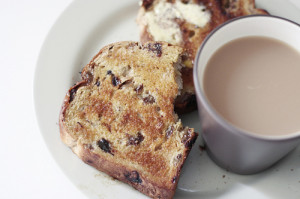It has been exactly a month since my last blog and I have some serious withdrawal symptoms at this stage. I would like to say I was on a holiday, that I am back now, tanned and refreshed, batteries completely recharged, but no, that’s just wishful thinking! I was actually moving house – of a sort anyway! I decided that it was silly to have a website in one place and a blog in another so it was time to amalgamate the two and rather than take the easy option, I decided both needed to move! Hence I spent the time creating a new place for both to live…. and here it is!
So come in, sit down and pull up a cosy chair… I’ll put the kettle on!

They say that moving house is one of the most stressful of life events and now I can testify that a virtual move is almost as bad! First there was the hours of trawling through themes (I eventually chose this one, and would recommend it!). Then deciding what I want to go where – and working out how to fit that into the theme. All was going well until I decided to migrate the blog to it’s new site! The migration bit is easy, but then I also wanted to transfer over all links, google rankings etc. That is when it all went a little pear shaped… and I managed to crash the whole site late last Thursday night… Yup that was a cheery moment!
All’s well that ends well though, and I have a few people I really must thank for that …. firstly, the man who designed the theme, Rohit Tripathi, who came to the rescue after just one e-mail! I also have to thank James from webhost.ie for being so helpful and patient with the never ending barrage of questions; and a really big thanks to all my fellow Irish Parenting Bloggers for all their tips and advice and in particular their support and encouragement when it all went wrong!
As you can see there is still plenty of “housework” and “decorating” to be done but I’m glad to be back! My regular Science related blogs should resume shortly so let me know if you have any new questions for me and I’d love to hear what you think of my new abode!















